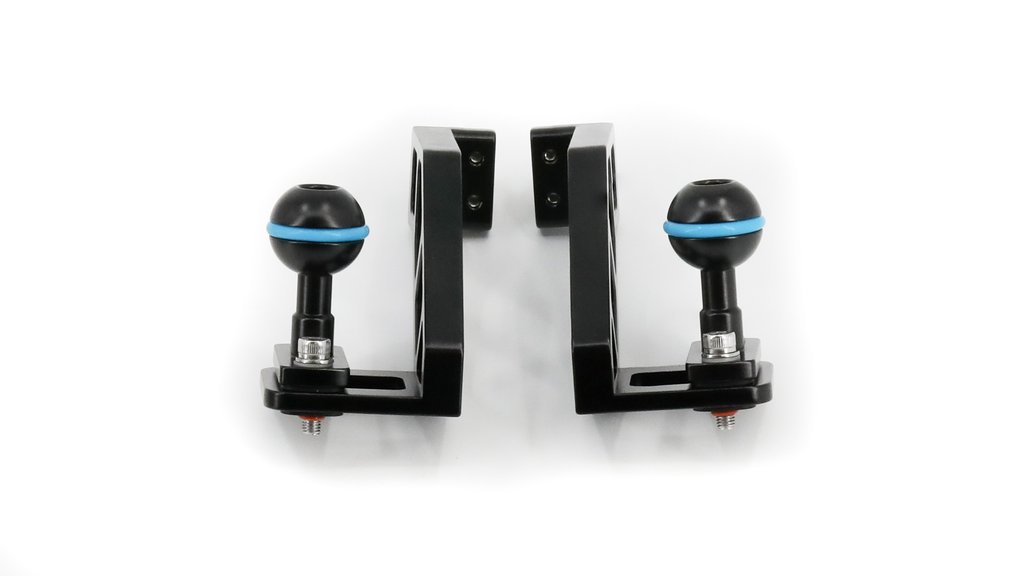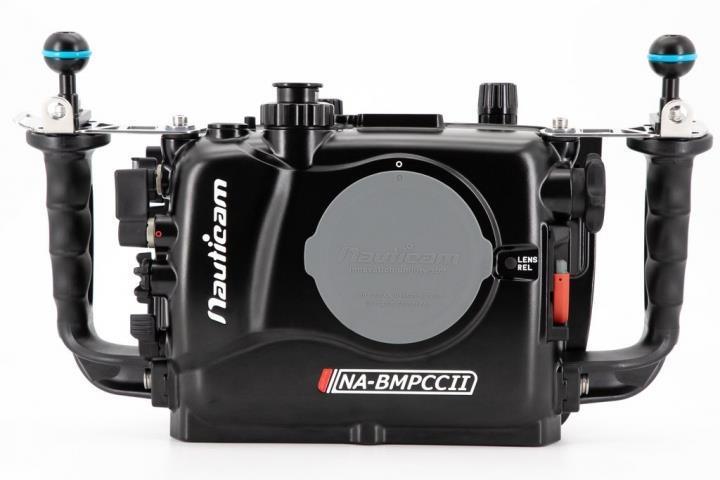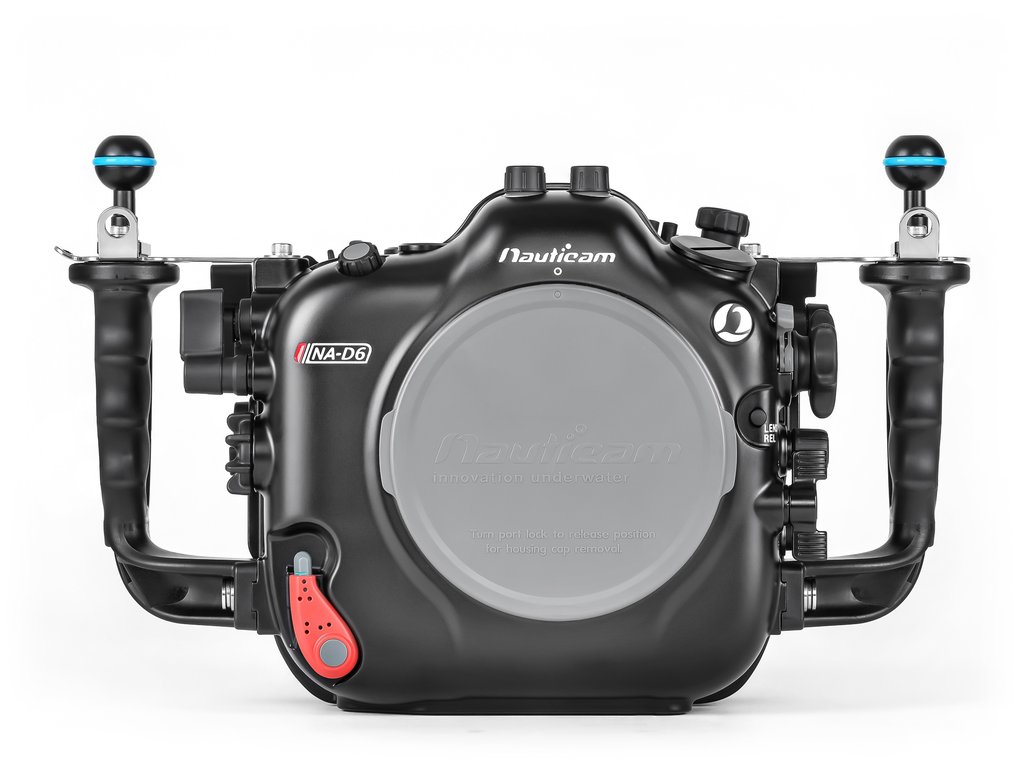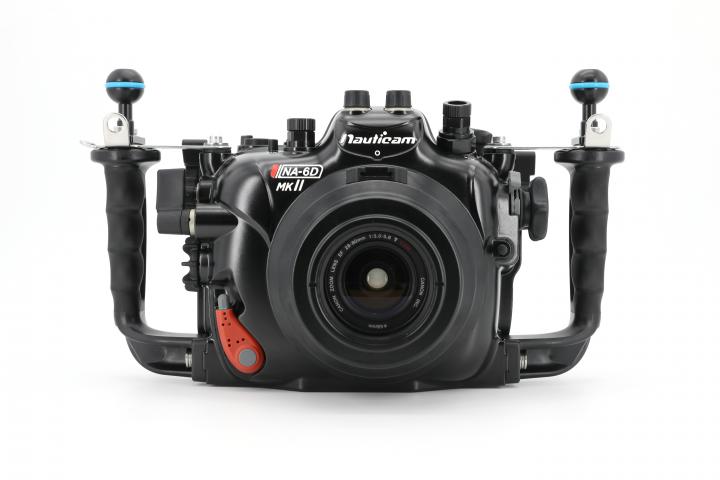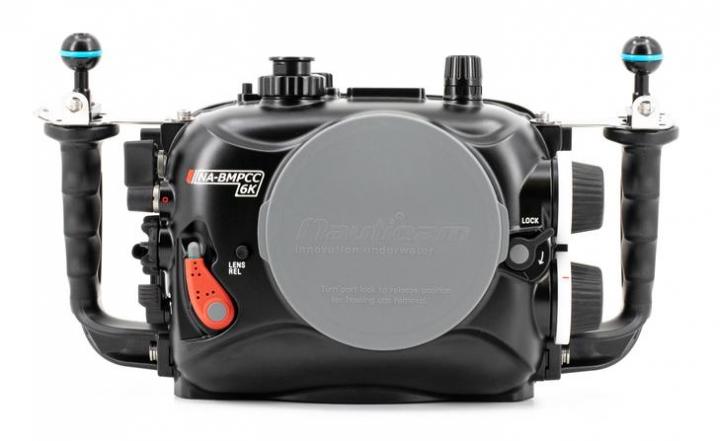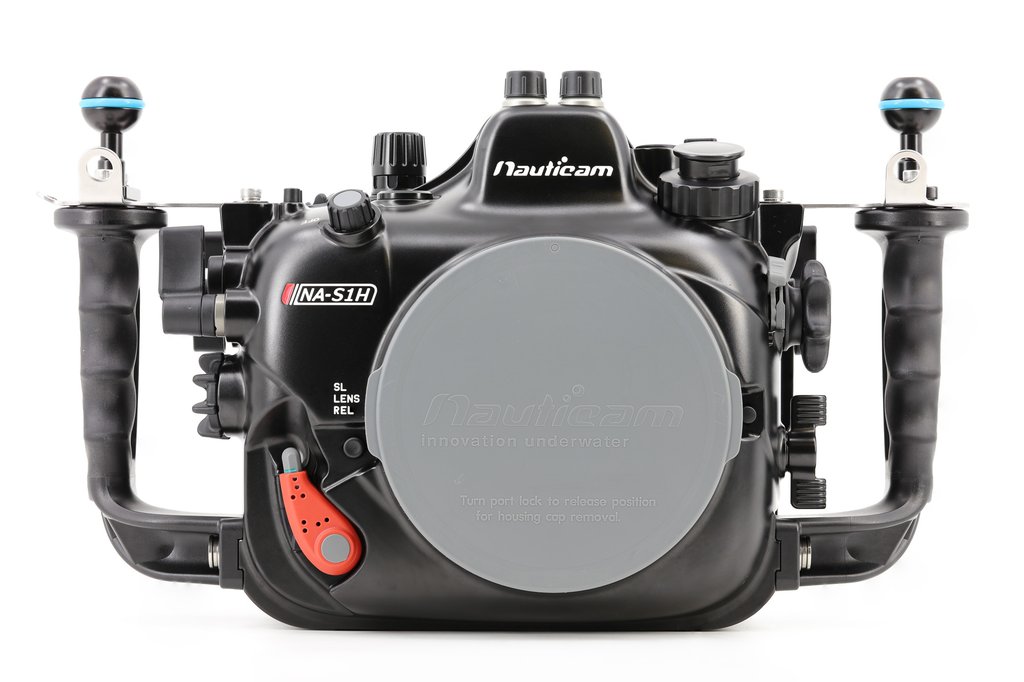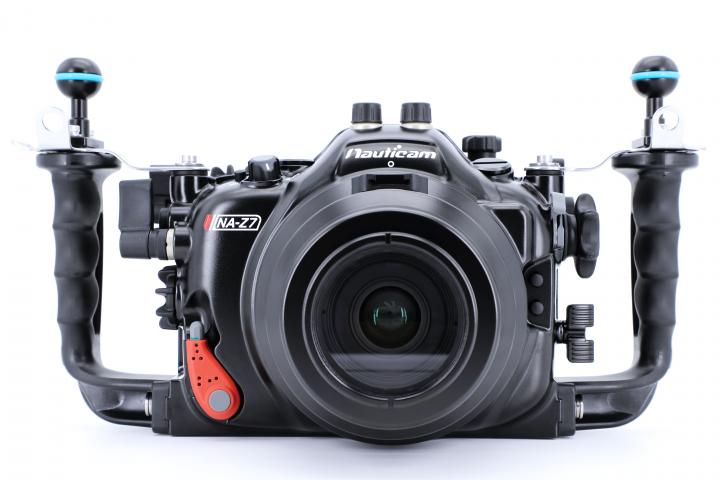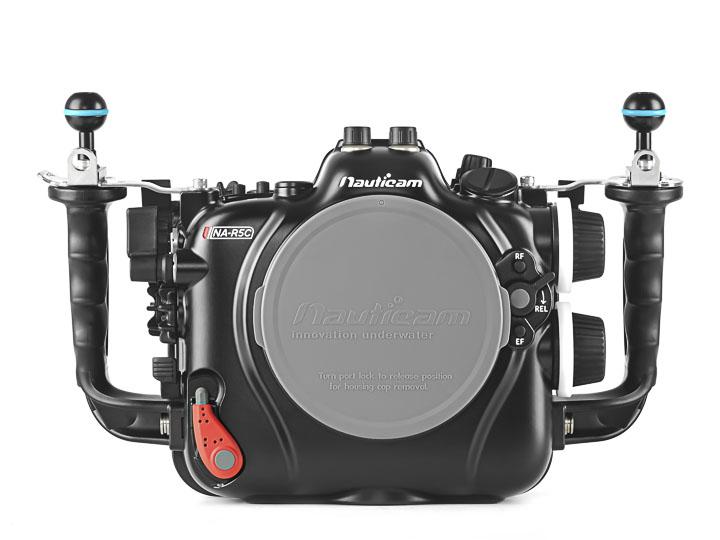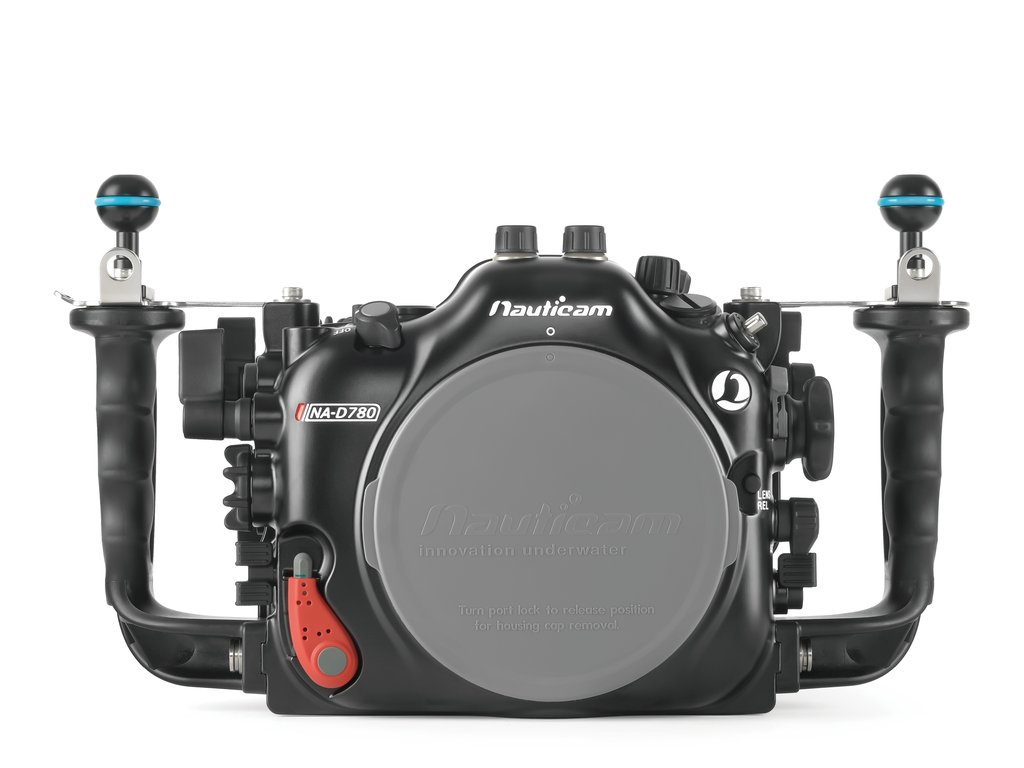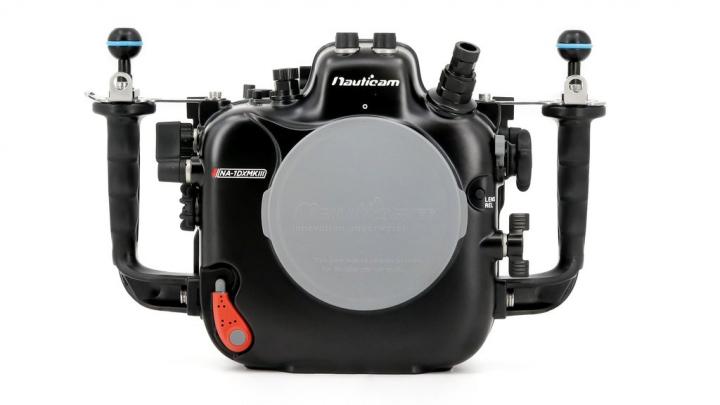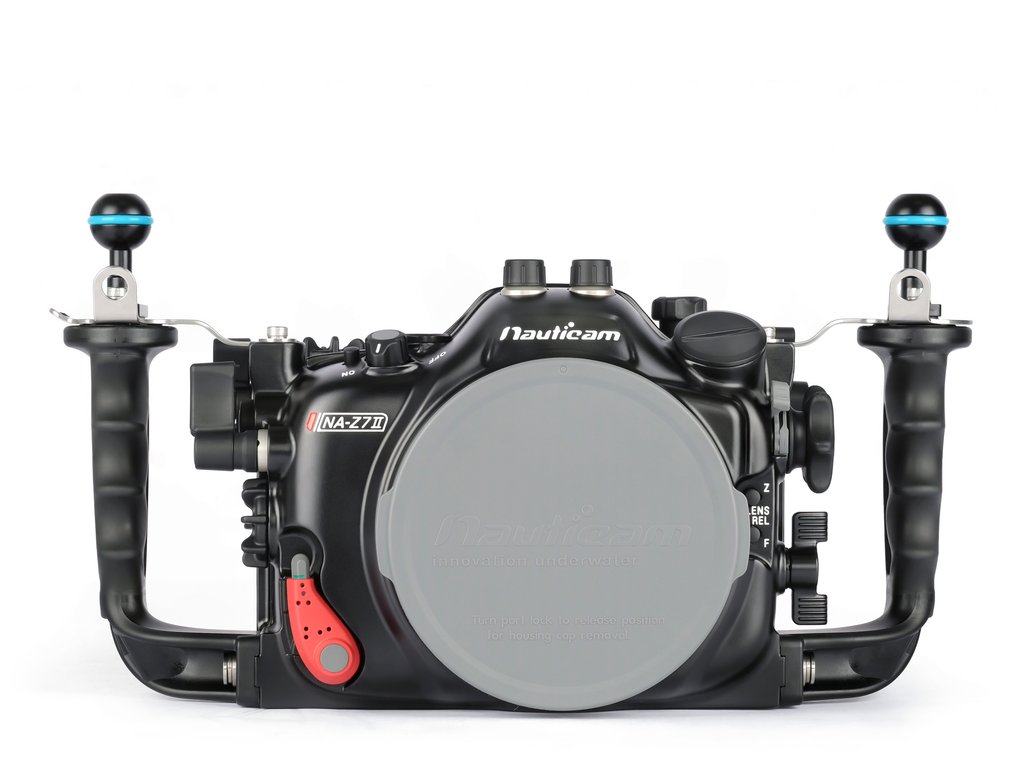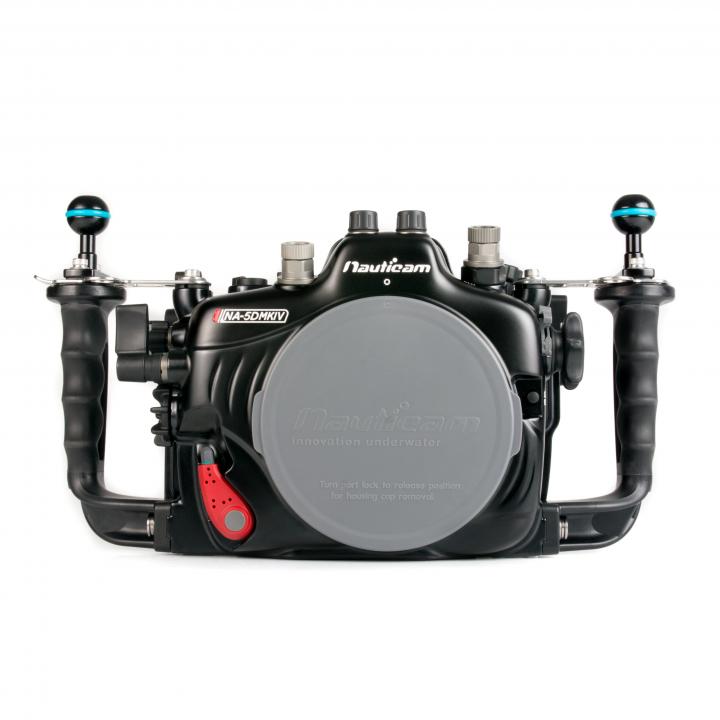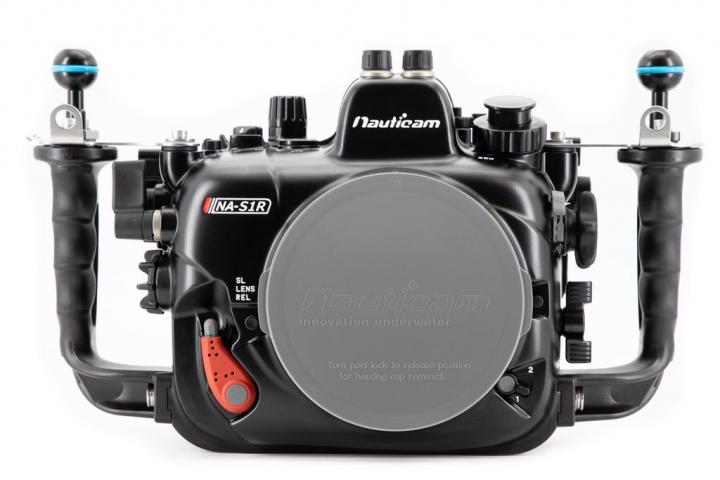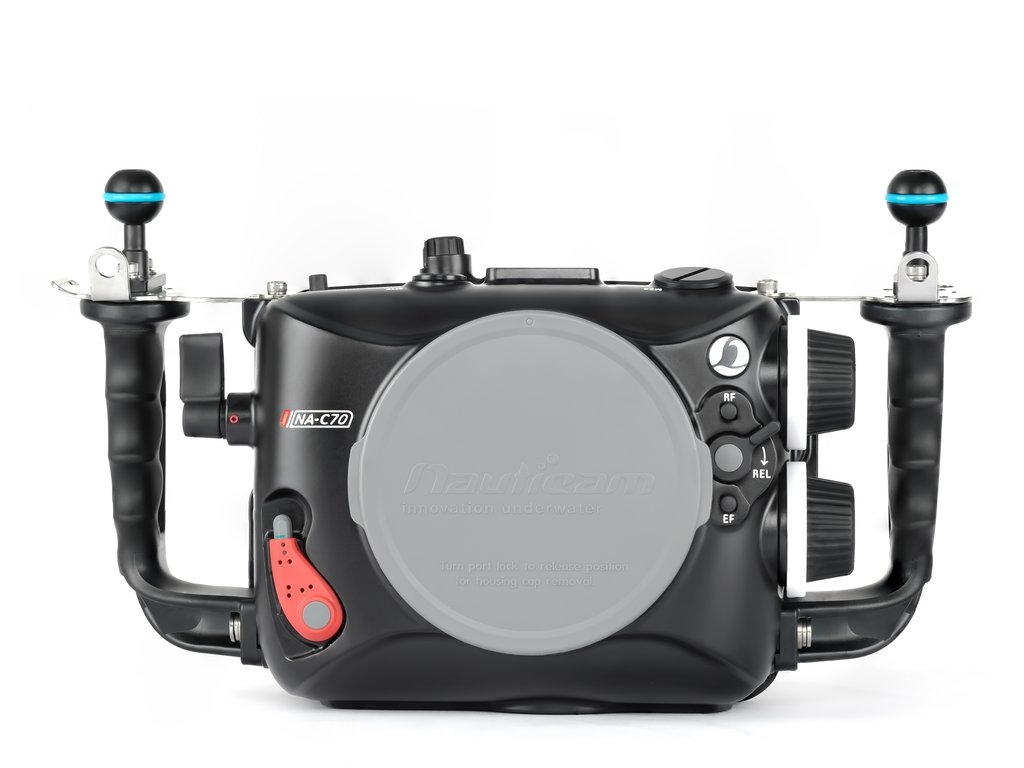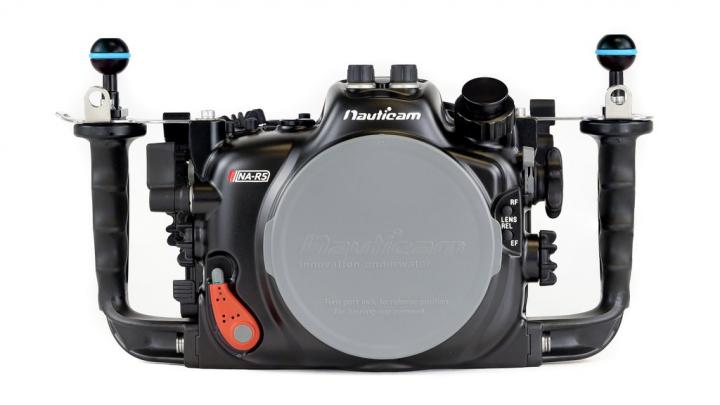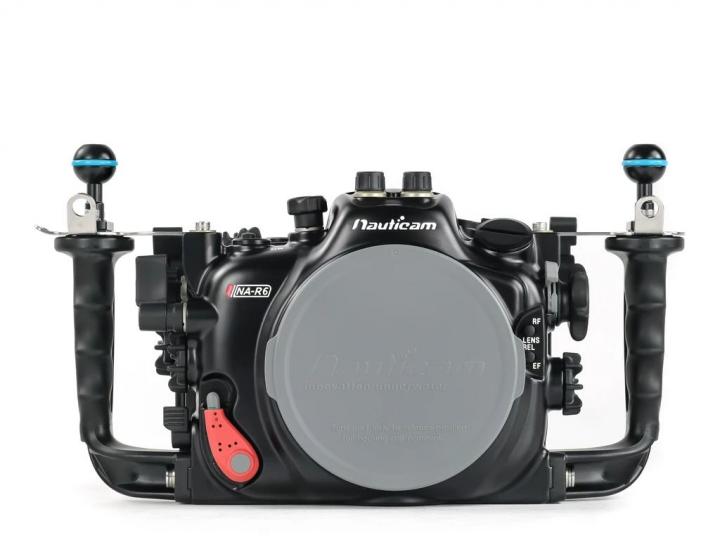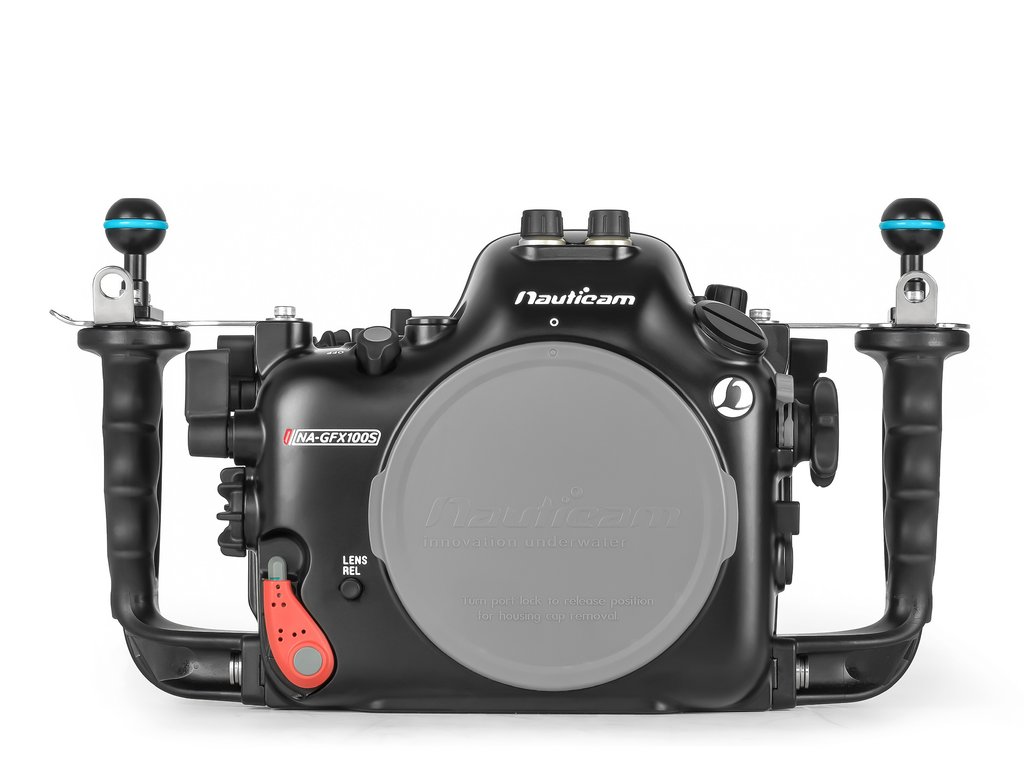Canon EOS 5D Mark IV Underwater Housing by Nauticam
THE CANON EOS-5D MARK IV
5D Mark IV is the embodiment of a hybrid camera system, providing compelling feature sets for still photo and video capture underwater. Never before has there been a camera that excels so well at both disciplines.
Still photographers will love the 61 point autofocus system shared with 1DX Mark II for its fast acquisition and reliable tracking of moving subjects. The new 30 megapixel sensor with on chip analog-to-digital conversion offers plenty of resolution with high dynamic range capture ideal for pulling shadow and mid-tone detail out of strongly backlit images.
The 5D Mark IV motion capture feature set might provide even more motivation to upgrade! Previous 5D versions were acclaimed for their faithful color representation in a wide range of underwater shooting scenarios. 5D Mark IV still has that unmatched “Canon Color”, and is now Capable of recording 4K at 30 fps with usable autofocus thanks to the Canon Dual Pixel AF system.
Canon 5D Mark IV Key Specifications
New 30.4MP CMOS full-frame sensor with Dual Pixel AF
DCI 4K 30/24p video using Motion JPEG + 4K Frame Grab
61-point AF system with 41 cross-type sensors (center point sensitive to -3 EV)
Dual Pixel AF (sensitive to -4EV) for continuous Servo AF in stills (first for a full-frame Canon camera) and video
ISO 100-32000 (expandable to 102400)
7 fps continuous shooting
Dual Pixel Raw (image microadjustment, bokeh shift, ghosting reduction)
150,000-pixel RGB+IR metering sensor
1.62M-dot 3.2″ full-time touchscreen
Wi-Fi w/ NFC + GPS
Built-in bulb timer interval timers
Improved weather-sealing
THE NAUTICAM NA-5DMKIV UNDERWATER HOUSING
While physically extremely similar to the 5D Mark III and 5DS cameras that came before it, small dimensional changes in the Mark IV body forced a new housing design. The core control layout, proven by generations of existing housings in the field, is retained here. This design consistency results in immediate familiarity with the control layout for people that have used Nauticam housings before, and a thoroughly refined and field tested design for newcomers to the brand.
The new Nauticam NA-5DMIV housing incorporates technology from the Nauticam housings that came before it, but features enhanced ergonomics, more and better control access, and reduced size/weight thanks to cutting edge manufacturing processes.
SYSTEM SPECIFICATIONS:
Flash Triggering Dual Nikonos Bulkheads Pre-Installed
Replacement O-Ring 90134
Vacuum System Pre-installed
FLASH FIRING
The NA-5DMKIV Housing comes standard with twin Nikonos flash connectors for electrical strobe triggering.
An optional LED flash trigger is available for rapid fire optical triggering (manual power), and a new TTL Flash Trigger enables automatic flash exposure with compatible strobes. The Nauticam TTL Flash Trigger is an ideal accessory for the still photographer. This hotshoe mounted optical flash trigger provides automatic TTL Flash when used with Inon S-TTL and Sea & Sea DS-TTL Strobes connected by fiber optic cables. The TTL trigger also offers manual triggering, including rear curtain sync, with any compatible slave strobe. Accurate automatic TTL flash exposure has been a favorite feature of Nauticam photographers using cameras with pop up flashes, and the TTL Trigger unlocks this feature set in the NA-5DMKIV Housing. Powered by a single Canon NB-13L rechargeable battery, the TTL Trigger provides approximately 150 full power flashes. New in NA-5DMKIV, a window allows the flash trigger status LED to be clearly viewed, and the housing features a power button. This LED provides important status info, and the power button allows the trigger to be activated underwater.
Optical TTL Strobe Compatibility:
Inon S-2000, D-2000, and Z-240
Sea & Sea YS-D1, YS-D2, and YS-01
EASE OF USE
No competing system is easier to assemble or break down. The camera drops into the housing with a quick release camera tray. No controls need to be preset, as housing functions for dials and switches align automatically (on/off, af-m, still photo/video). The large 120mm housing port opening allows even the largest popular pro Canon wide angle lens (11-24mm f/4) to be used, and the camera can even be mounted in the housing with this large lens attached.
VIEWFINDERS
The standard optical glass viewfinder is very good and travel friendly, but many photographers prefer the ease of a magnified viewfinder with adjustable diopter. Nauticam produces a “straight” 180º enlarging viewfinder and a 45º angled enlarging viewfinder to enhance the ease of close quarters work often associated with macro shooting. Both viewfinders have high quality optics, and allow bright viewing of the entire image. A patented external dioptric adjustment allows personal adjustment to a sharp-as-a-tack standard underwater and viewfinder changes can be executed in less than 30 seconds without using tools. Exceptional composition and focus accuracy have never been more accessible.
PREMIUM PROFESSIONAL OPTICS
Experienced shooters know a camera is only as good as the lens in front of it, and the same is true when choosing optics for an underwater camera system. Four optically coated glass dome ports (250mm, 230mm, 180mm, and 140mm diameters) and a series of acrylic ports support popular lenses from Canon, Sigma, and Tokina. Port configurations are extensively tested at Nauticam to determine the ideal extension ring length for best performance.
For macro and super macro shooting, the Nauticam Super Macro Converter is a revolutionary accessory. This is an entirely in-house design, optimized for use in water. The water contact correction offers the highest overall sharpness, free from chromatic aberration and purple fringing, with reproduction ratios exceeding 2:1 when used with a EF 100mm f/2.8L IS USM Macro Lens.
INTEGRATED VACUUM CHECK AND LEAK DETECTION SYSTEM
The Nauticam vacuum check and leak detection system is shipped with NA-5DMKIV as standard equipment. Combined with an accessory vacuum valve (PN 25625), this monitoring system provides constant updates on the water tight and safe-to-dive status of the housing. A simple color coded LED lighting system lets the user know that the vacuum is solid, or that the housing is losing vacuum. Leak detection is built into the same circuit, so if there is water intrusion, an audible and visual indication will occur.
The Nauticam system is temperature compensated, eliminating false alarms caused by a change in outside temperature, or from a camera heating up on an action packed dive.
